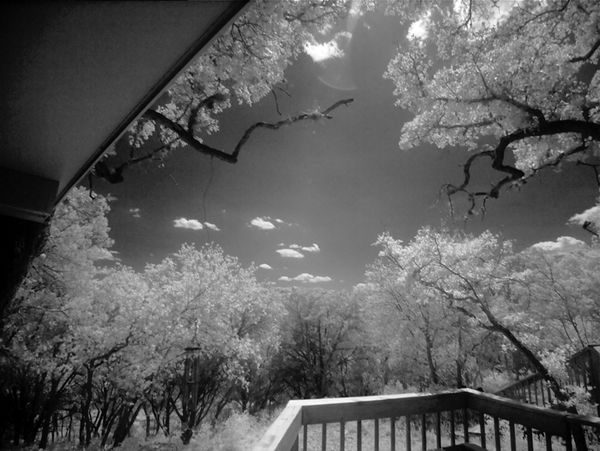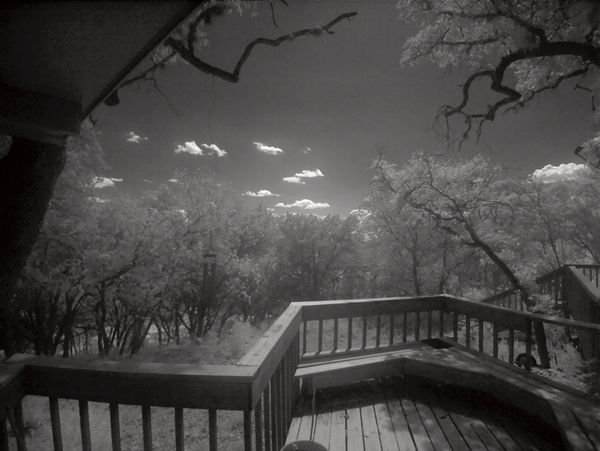Posts for: nowhoha
Oct 2, 2011 14:26:27 #
Mt Hood from the Washington side of the river.
Canon 30D, 50mm f.14, ISO 200
HDR 3 bracket shots 2ev
Nik Software
- HDR Efex Pro
- Dfine 2.0
- Color Efex Pro 4
- Sharpener Pro 3.0
Canon 30D, 50mm f.14, ISO 200
HDR 3 bracket shots 2ev
Nik Software
- HDR Efex Pro
- Dfine 2.0
- Color Efex Pro 4
- Sharpener Pro 3.0
Mt Hood

Sep 26, 2011 09:27:11 #
What you may be encountering is an artifact of the digital sensor in your camera. This will vary based on the camera brand and the specific technology of the sensor. Basically, it's the fact that the whisker is very thin and very light in color. Color camera chips are actually a matrix of very tiny light sensors that are tuned to detect the individual primary colors of the light spectrum. A white object needs to evenly expose all of the primary colors in a pixel to digitally represent a white object. Very thin or small white objects will cause color artifacts as they are too tiny to properly expose the adjacent color sensors of a pixel. This will manifest itself as banding or other false color artifacts. Night shots of the sky will often produce false color stars from the white originals because the point of light is too small to expose all of the colors on your sensor.
Use Photoshop or any editing software and zoom in to hand edit out the false colors. There are some software packages that may help to automate this (i.e. Bibble Pro, Nik Software, etc.) but they're expensive.
Use Photoshop or any editing software and zoom in to hand edit out the false colors. There are some software packages that may help to automate this (i.e. Bibble Pro, Nik Software, etc.) but they're expensive.
Sep 26, 2011 09:00:42 #
Depends on the camera. You can buy very cheap IR filters on Amazon for less than $10. I've attached a couple of shots with 750nm and 850nm IR filters on an Olympus E-PL2.
750nm

850nm

Sep 24, 2011 09:34:26 #
Sorry, you'll always have to rotate a polarizer filter for the strongest effect regardless if it's circular or linear. It's a physics thing: http://en.wikipedia.org/wiki/Polarization_(waves)